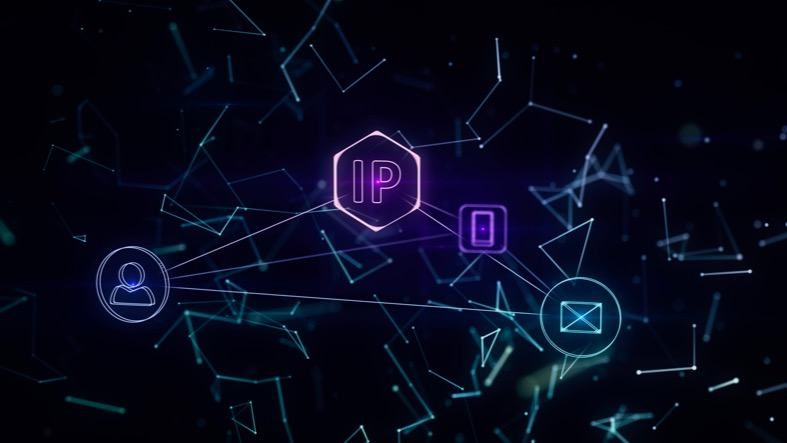You would not send a parcel across the world without an address on it. It stands to reason that you would not do the same with your digital information. Having the address to send to and from places digitally works in a similar manner on the web as in real life.
IP addresses are the postal information that computers use to send information to and from each other. Below, we give you a beginner’s guide to IP and the basics of web communication.
What Are IP Addresses?
IP stands for internet protocol. Every device connected to the internet will have an IP number. They help identify every device, from web servers to smartphones and laptops.
Where Do They Come From?
In a home or office, your IP address will have been assigned by your router. When the router uses its Dynamic Host Configuration Protocol (DHCP), it connects to the web and keeps track of each device’s Network Interface Controller (NIC). The IP address will be recorded to the NIC every time you log on to the network.
With the rapid expansion of internet service providers, the number of IPs had all but been allocated. As such, a move is being made to move into IP version 6, with enhanced space and more capabilities.
How Do I Find It?
There are a few ways you can find your IP address. They can differ depending on if you are looking for a Windows or Mac IP address.
The most common method is to go to the start menu and click on run. Type “command” into the box, click OK, then in the next box type “ipconfig.” Press enter.
You will then be presented with a list of results. Scroll down to find your IP address section and the number of your local IP address.
If you are linked up to a router, then this will show the number assigned to you by the router itself, known as the local address. Your computer will have another IP address designated by the service provider known simply as your internet IP address, which you do not need to know.
What if the Router Does Not Give an IP?
Your internet service provider should manually assign you an IP address should the router fail to do so. Also remember that the address is specific to each network and device, so no two computers, even on the same network, would have the same IP.
Private and Unique IP
You may hear the terms unique and private IP. A private IP is an address or identifier used by people on home or office networks, to identify specific devices. They are generally the defaults of home network plug and play equipment.
Unique addresses have their IP managed. The registries that manage them also handle the distribution of other addresses, so it is possible to find out who manages and address and contact them.
You may also be working behind a Network Address Translator. This is for people who have a private address and access to the internet. It allows lots of computers to share a single IP address.
What Is TCP?
Internet Protocol works alongside TCP, and you may see or hear this mentioned often. TCP stands for Transmission Control Protocol. It breaks the information you are sending over the internet into smaller components named packets.
Once it has broken down the information, it posts them out to their destination. This will be another TCP/IP protocol at another site.
When your computer receives a packet from a TCP/IP, your TCP/IP will collect the information and prepare it for delivery to you. This is important as data packets are not sent in any order; they are simply sent down the fastest channels available at that time.
What Does IP Do?
When the TCP breaks the data down into packets, IP tags it. This is to ensure it reaches the correct destination and it provides information on the source. This address is important, as the packet does not go directly from one point to another.
Instead, when a packet is sent, it travels through gateways. These stop off points check the address that the packet is going to, then directs it in the correct direction. Think of the TCP as the parcel or letter, and IP is the address on the envelope.
The Basics of Web Communication
TCP/IP has four layers. The first is the layer of the application. This ensures communication between any items connected to the network.
The second is the transport layer. This moves the information and resolves any issue regarding host to host communication.
The third layer is the internet layer. It addresses the logical transmission of data packets over the internet.
The final layer is the physical layer. This is where data becomes transmitted in electronic pulses. It is where data meets hardware, such as network cards, cables, and routers.
Renew an IP Address
Occasionally, you may need to renew an IP address. This can often be when you change a router’s IP address. Firstly, you will need to follow steps to force the DHCP server to release your current IP.
Next, you must request the DHCP server to issue you a new IP. This is easier than it sounds and can be done easily using online videos and tutorials.
Web Communication
Now that you know how IP addresses operate, you can hopefully find and renew them when needed.
If you have enjoyed our article on the basics of web communication then check out our other handy tech-related blog posts.

